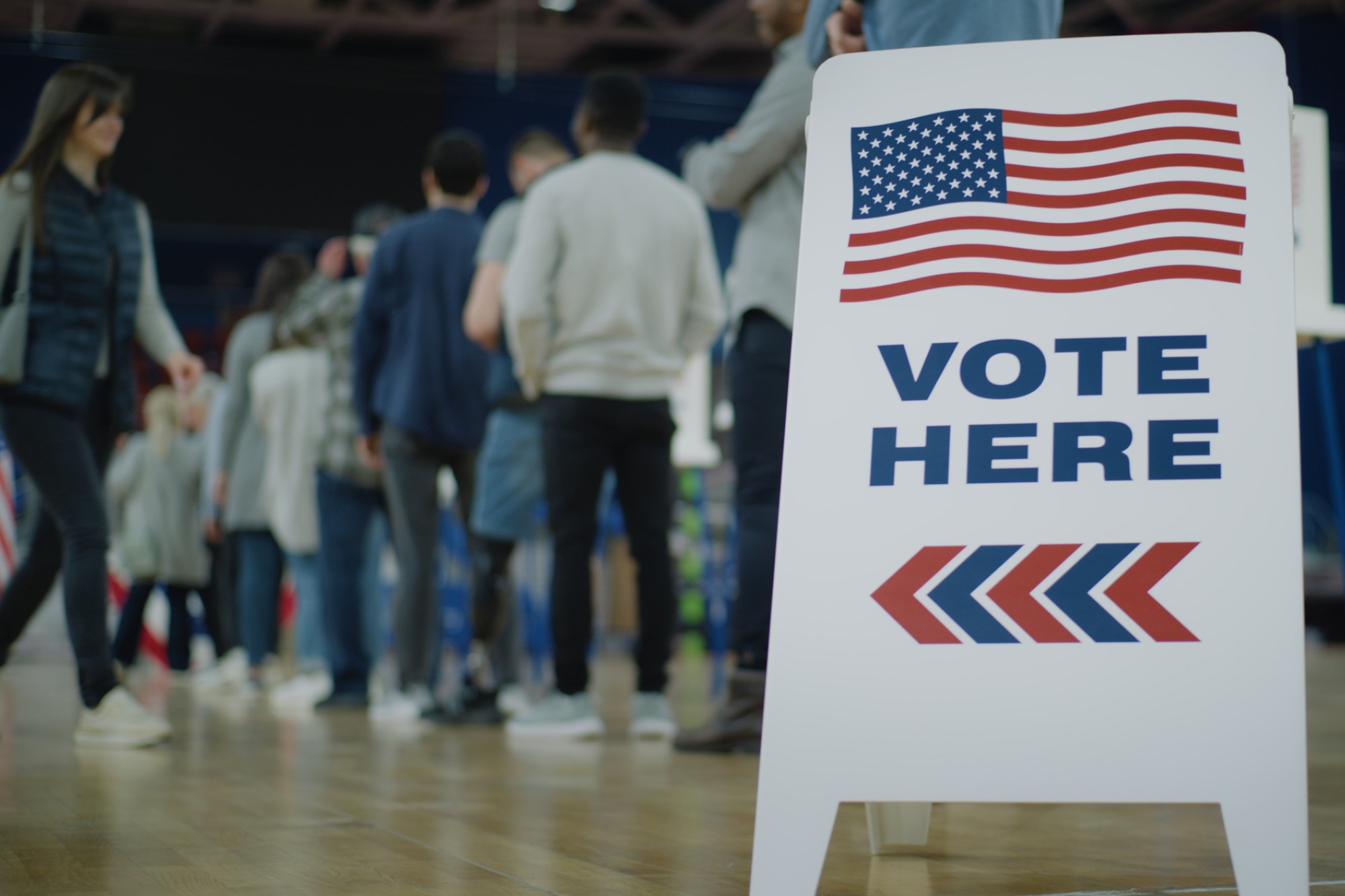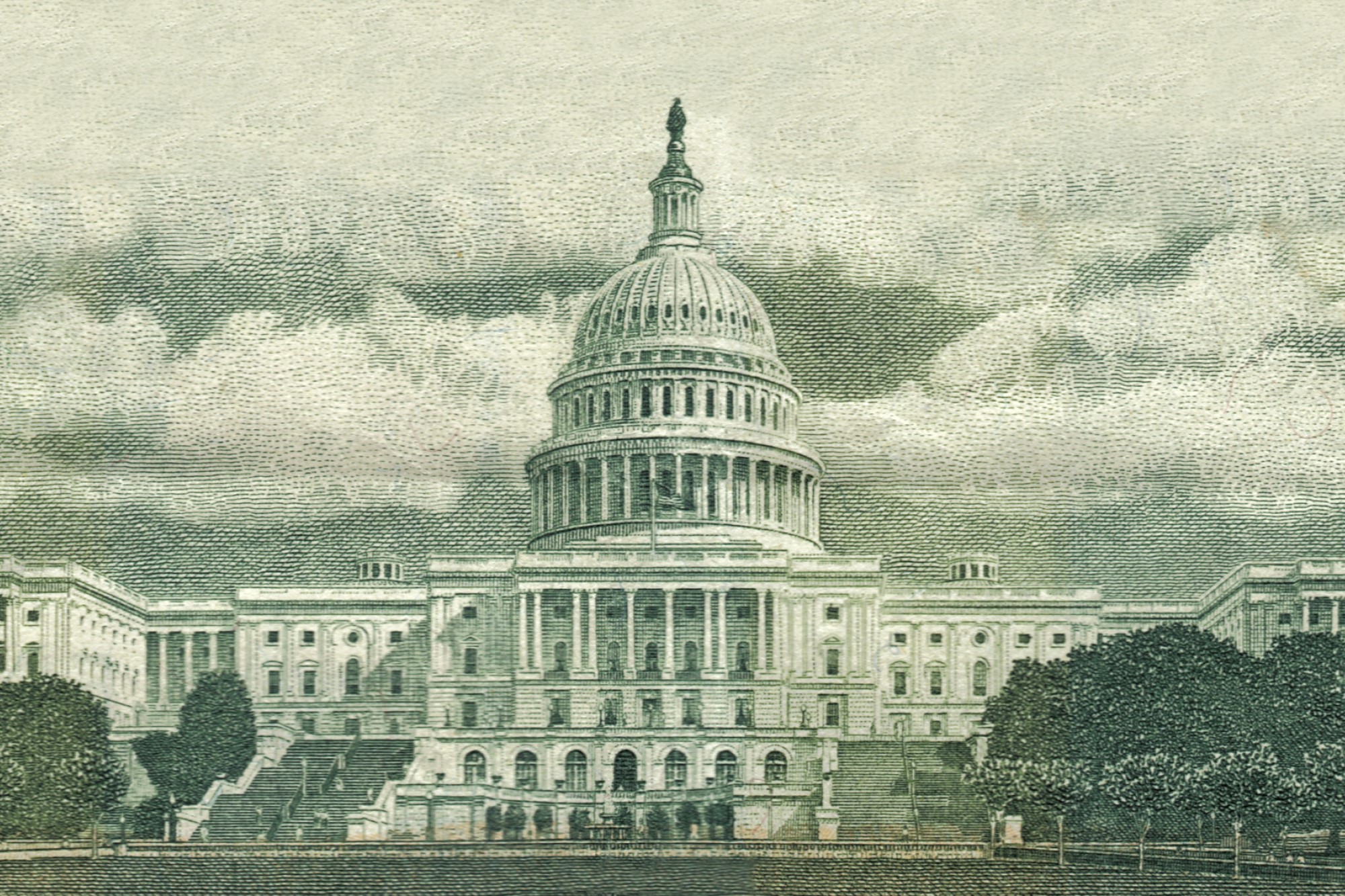Indeterminate Fear: Moral Panics and Floating Signifiers
Fear is a powerful tool, and it can distort our moral landscape. When social anxiety over an issue reaches the level of a moral panic, fear does not remain solely a private emotion. Rather, it is a driver of political action, potentially serving as a basis for hatred and, at times, violence. Think of the recent attack at the University of Waterloo, in which a former student stabbed a professor and two others during a gender studies class. As police stated in their press release, “investigators believe this was a hate-motivated incident related to gender expression and gender identity.” It’s hard to imagine that the widespread anxiety over transgender issues didn’t play a role.
A moral panic is widespread fear of some apparent evil that threatens one’s deeply-held values or way of life. Potential examples in recent memory include panics over rock ‘n’ roll in the 1950s, new age spiritualism in the ‘90s, and postmodernism in the ‘00s. Current contenders include fear over the “social contagion” surrounding gender identity, as well as fears over Critical Race Theory and wokeism (even in M&Ms).
How do moral panics work? What can an understanding of them tell us about the issues our society treats as important? And might we have reasons to doubt our feelings of fear? To begin to address these questions, let’s consider one use of language that often arises in a moral panic: what’s known as a floating signifier.
A floating signifier is a term whose meaning is so broad and ill-defined as to possibly encompass a number of issues, claims, and events. As may be gathered from the metaphor, what a floating signifier means (signifies) can’t quite be tied down. Its specifics are left to be determined by each individual.
Moral panics often rely centrally on a word that serves as a floating signifier, and these terms are common in political language. “Woke” is a good example. The term “woke” broadly means something like socially progressive, but its specifics are few. As former president Donald Trump remarked, “woke” is “just a term they use. Half the people can’t even define it. They don’t know what it is.” But not knowing what it is doesn’t stop people from using the term to express their beliefs or garner political support.
In what follows, I’ll discuss some of the features and consequences of floating signifiers in a moral panic.
First, floating signifiers can stoke fear through underspecification. Think of a horror film, where suspense is built against an unknown and unlocatable threat. Why don’t horror films reveal the fearsome monster right away? One explanation is that, when we don’t know who or what is out there, our imaginations can fill in the blanks with something dreadful — or, if you’re like me in this respect, you may find the very blankness of the object itself to be a source of fear. When the monster is not yet terrible in one way or another, it is terrible full stop. By being unspecified, its fearsomeness is also unlimited.
In a subtler way, floating signifiers in a moral panic can also rely on underspecification to stoke fear, often together with more explicit fear-inducing language. Consider the term “woke mind virus,” which sounds like something out of science fiction, or political commentator Matt Walsh’s recent tweet saying “feminism has killed far more people than the atomic bomb. It is perhaps the most destructive force in human history.” The line doesn’t work as well rhetorically if you substitute the common definition of feminism as the pursuit of equal treatment for all people regardless of gender. Rather than discussing specific claims, the broad and amorphous term “feminism” is meant to bring up the specter of a threatening ideology.
Second, floating signifiers can reduce critical engagement with actual claims and ideas — especially in an age of social media. One who is under the impression that Critical Race Theory is a pernicious ideology that “says that white people are inherently bad or evil” is not likely to consider — or even encounter — what that theory actually claims. Floating signifiers allow for quick signaling and dissemination of ideas on social and traditional media, but they do so in such a way that what matters is not what those ideas are. What matters for their political purpose is what the fear of those ideas can do in terms of public approval, votes, and legislation — or in other words, in terms of power.
This lack of informativeness is not accidental. Floating signifiers aren’t meant to inform; rather, they serve as buzz-words that call in a group by signaling a common enemy: feminists, the woke mob, anyone who threatens “our” values. This function leads us to their third feature: floating signifiers give the appearance of full agreement and unity among participants, without actually requiring full agreement. When the enemy is broadly and loosely defined, “we” can all share a common enemy — each facing the enemy that arises in their own mind. Thus, floating signifiers galvanize and mobilize groups more than specifics often could, since they don’t require specifics to be agreed on, or even specified in the first place.
So what is there to do? On a structural level, the situation is somewhat grim. Some of the factors that contribute to moral panics are a part (or a consequence) of what philosopher C. Thi Nguyen calls a hostile epistemic environment: a set of external factors that exploit our cognitive limitations and vulnerabilities. Human beings are always subject to the limitations placed on us by our own time constraints and mental capacities. We can’t investigate every claim we encounter for ourselves. We must rely on experts. We are embedded in communities of trust that we rely on for good information. And our society — technology, media, and social institutions — can exploit these limitations in order to increase engagement and therefore ad revenue. Social media’s role in spreading news and ideology makes it a major driver of moral panics, and its influence is not easy to quell. Sensation sells. Outrage garners engagement. It’s hard to see a way out.
At the individual and community level, however, it is easier to imagine some actions that could help in the face of indeterminate fear. I’ll end with a few brief suggestions.
We can examine our own beliefs and preconceptions: Do I actually know what this word means? Do the claims I’m reading seem exaggerated or extreme? What do the people I disagree with actually believe? We can hold each other accountable, willing to discuss uncomfortable issues. As philosopher Barrett Emerick encourages, we can love each other enough not to give up on our loved ones’ moral development, as we hope they won’t give up on our own.
Perhaps simplest (though not easiest) of all, we can take time away from the source of the moral panic. We can try to reduce its influence in our own lives and the lives of those around us. After all, a break from the fearsome engine of social media and in the company of loving friends or family — what the too-online refer to as “touching grass” — is often good for the spirit.





